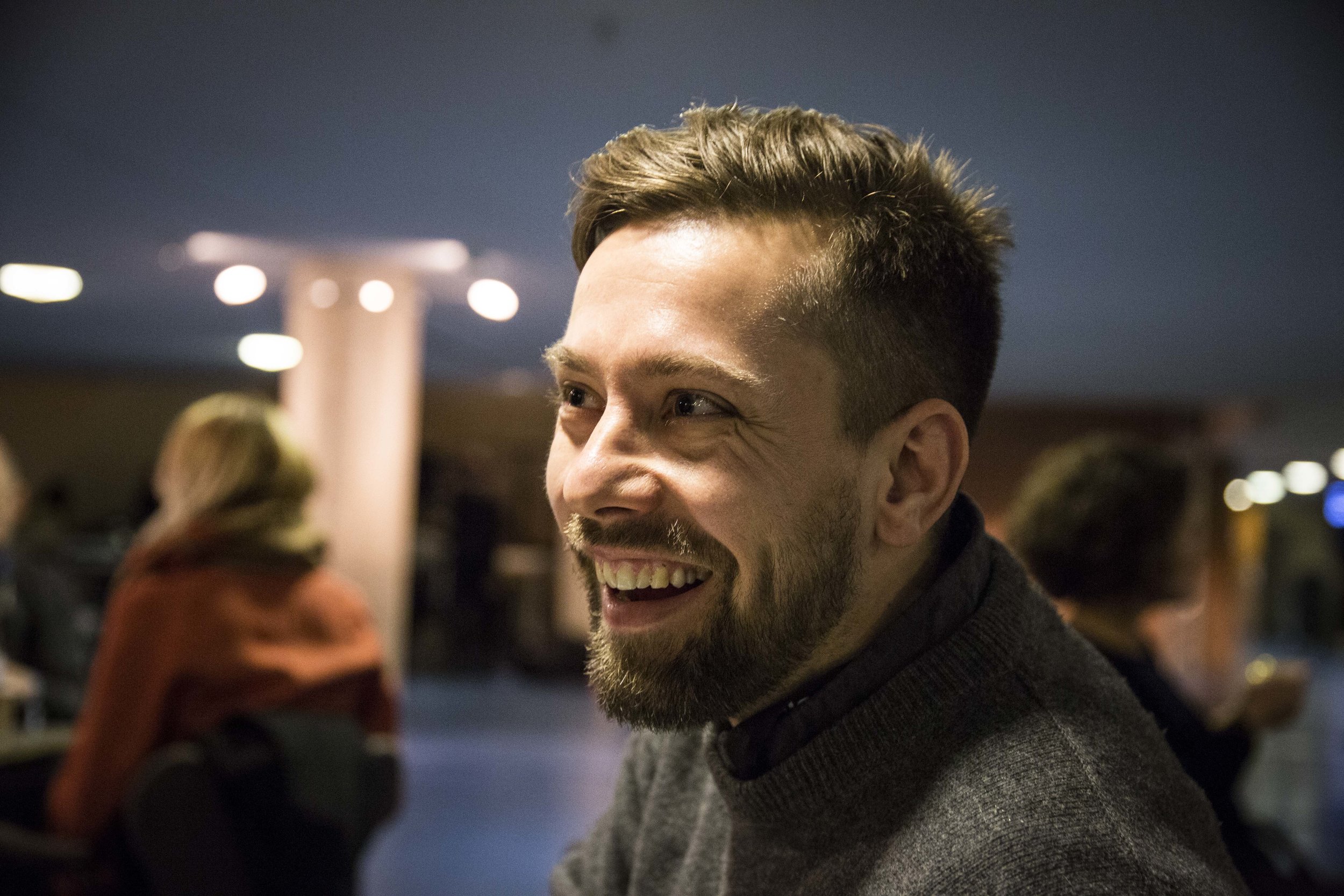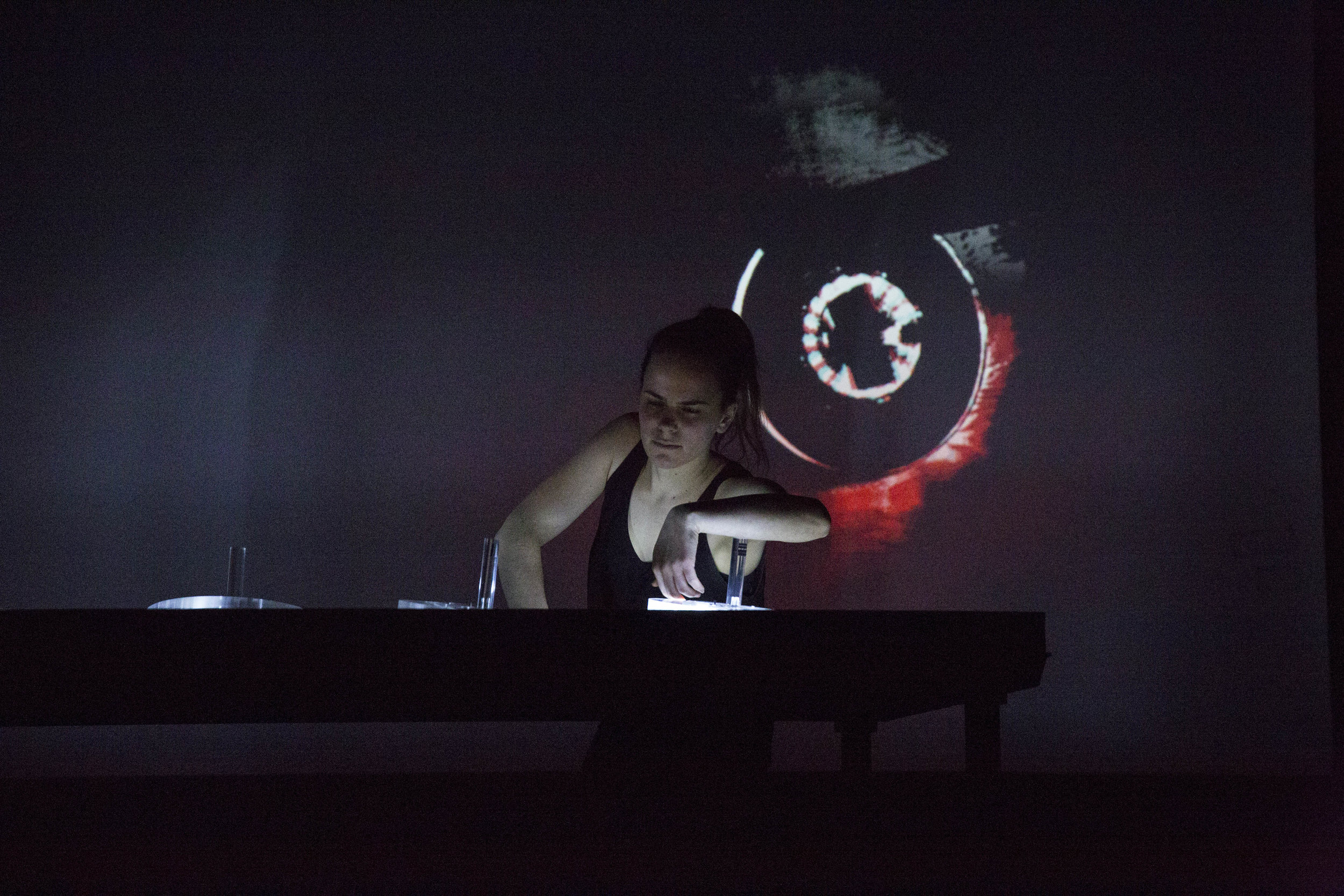Transmediale 2016
The 29th edition of the Transmediale took place at Haus der Kulturen der Welt in Berlin from 3rd to 7th of February 2016, for the fifth time under the direction of the Swedish Kristoffer Gansing.
The main theme was “The Conversation Piece”, presented through discussions, lectures, workshops as well as more experimental hybrid formats. “The Conversation Piece” according to Transmediale refers to “a painting genre that emerged in the 18th century, depicting idealized scenes of groups of people interacting in everyday life. It is a term that has evolved to mean any object that ignites conversation, a prop that prompts an exchange of ideas.” In the 2016 edition the festival had reduced the number of exhibited artworks to only few. This raised the question that if there is no art, what will then be the so called conversation piece? Intentionally or unintentionally, this was a popular topic amongst the largest festival‘s visitor group - the artists and professionals from the field. Some were encouraging the new format, yet many questioned the direction the festival and media art in general is taking. Yet for most visitors this edition of Transmediale became slightly confusing as many were expecting to experience art in a more visual and visceral manner. This is also opening a discussion of what is then the conversation piece amongst the general public? In these times of social media and smart-phone obsessions, what is the new campfire that we humans gather around to talk, connect and exchange? How have the rise of information technologies changed the way we perceive art and the world around us?
Not showing, but talking around what art could be, “The Conversation Piece” theme for sure made the visitors curious of what to expect at the next 30th anniversary edition of the festival starting February 2nd 2017.
www.transmediale.de
"If you talk about the role of smartphones specifically, I haven’t seen it at this festival as well, but dynamics of migrants, social change is quite present. That is a curatorial opportunity, probably we can bring in different examples, because there has been many changes in this respect. For example in China there is one application with which you can do everything, you can even send and receive money on the spot. That can trigger a completely different economy."
Alessandro Ludovico (IT)
Artist, media critic and chief editor of Neural magazine
www.neural.it
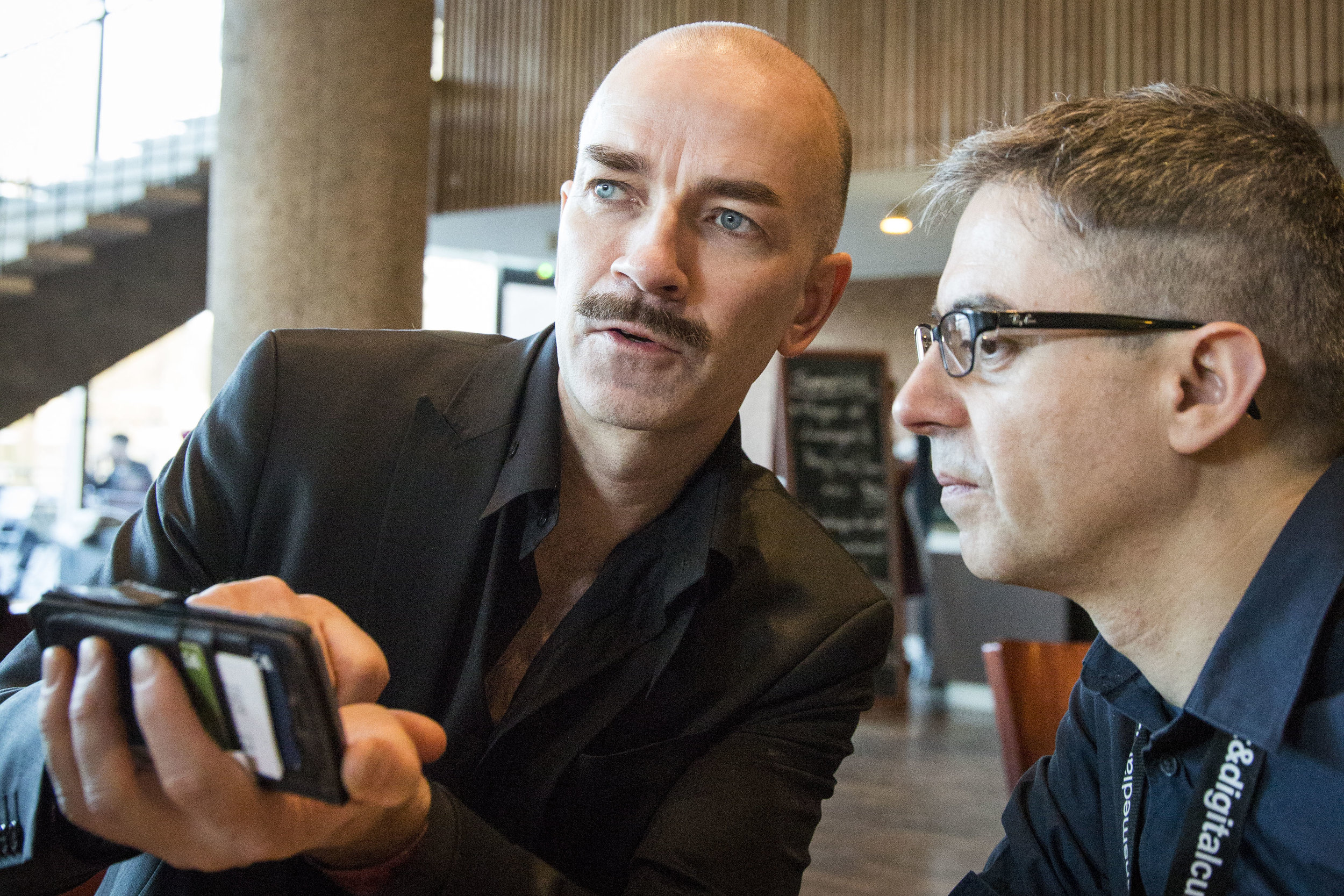
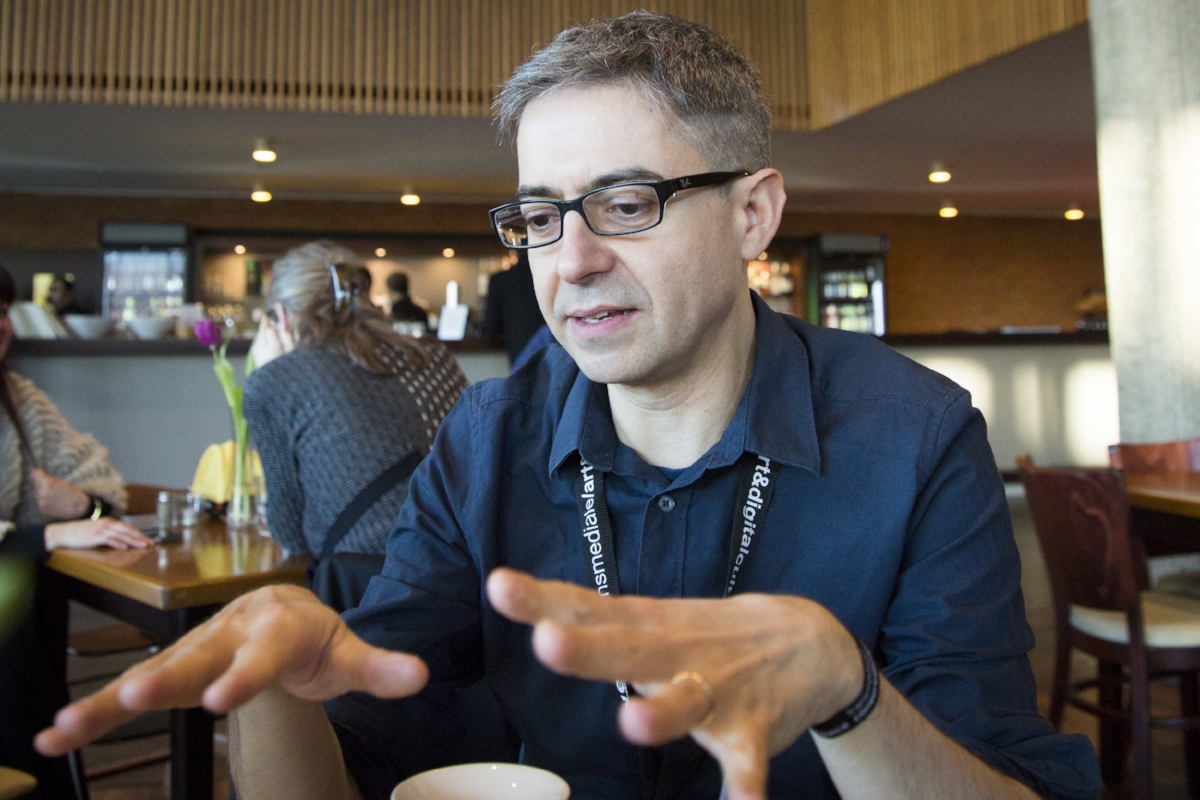
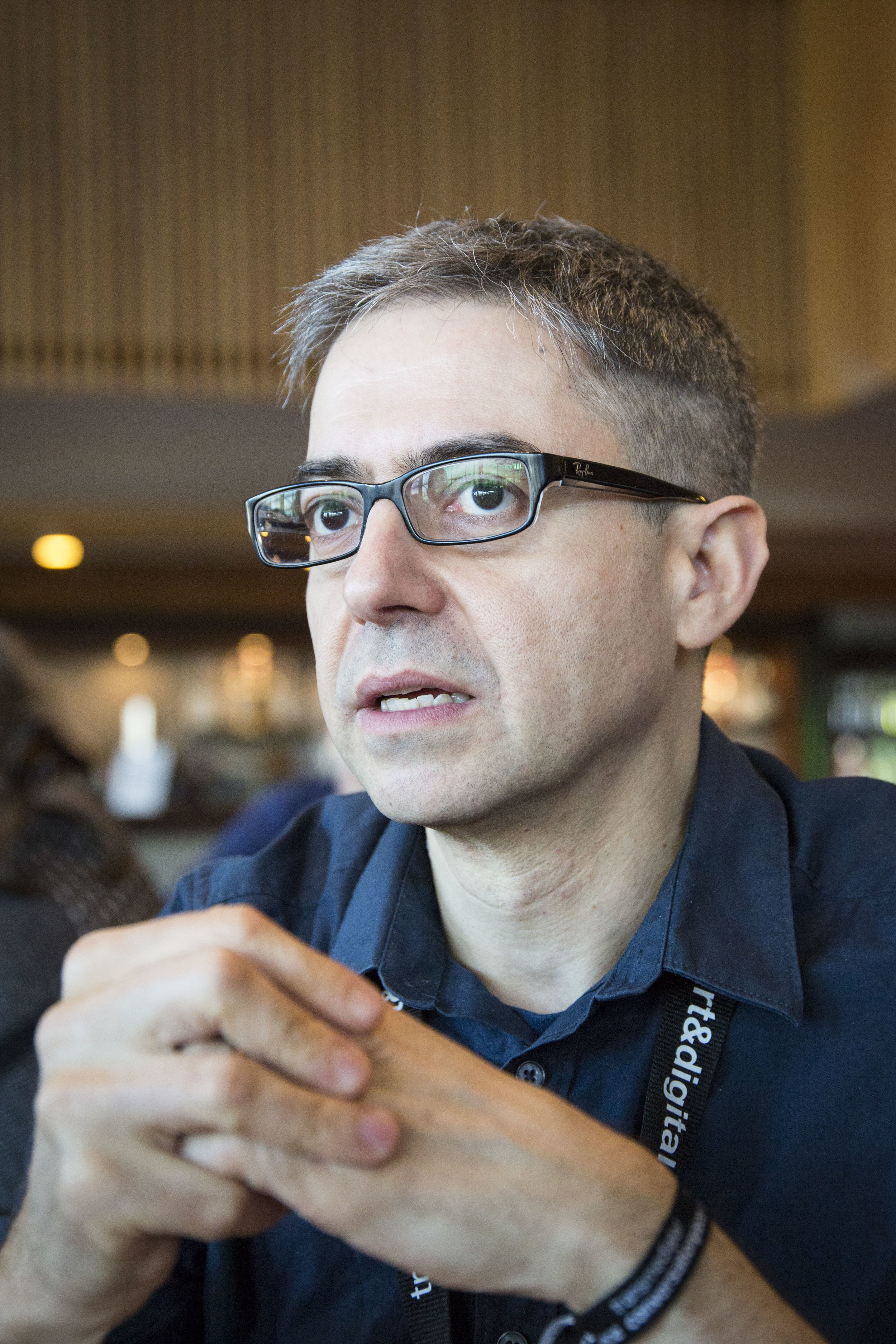
In my work “Precarious Marathon” exhibited at Transmediale 2016 I used the format of the panel discussion which is everywhere in the contemporary art. I used it to investigate the overlap between linguistics, vocabulary, finance and art. So you have these four chat bots that are continuously talking to each other, they each have some memory based on my research also personal notes and other things. In a way I used the dialogue to investigate something.
Femke Herregraven (NL)
www.femkeerregraven.net
"Transmediale is a meter of your social connections: who do you know, who says hi to you. It can be an anxious social scene in a sense. And this kind of social anxiety is maybe holding back some interesting conversations. It is interesting to have some more curated experiences together, where you get kind of pushed out of your comfort zone, like during the Dark Ecology Journey."
Jacob Sikker Remin (DK)
Artist, curator and project leader
www.jacobsikkerremin.com
"I feel pretty huge social responsibility as an artist for many reasons, even because artist is often funded by the public money, so I believe that just that fact, we should be trying to give something back in some way. Doesn’t have to be manifested as political action or political work specifically, but I believe that art is creating a meaning and experience and it also has a way restructuring reality and that is very powerful, and we can use it in different ways."
Erin Sexton (CA)
www.erinsexton.com
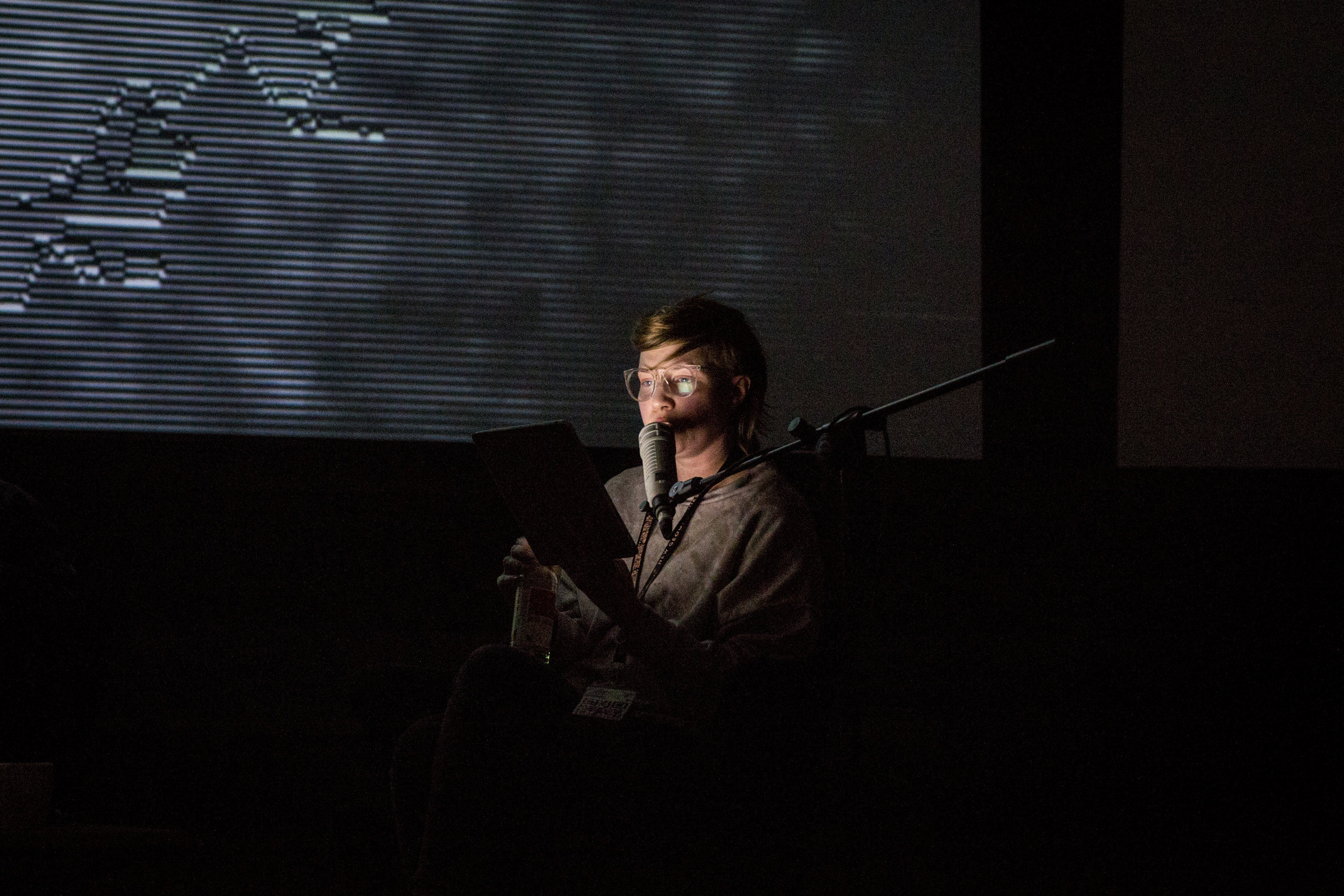
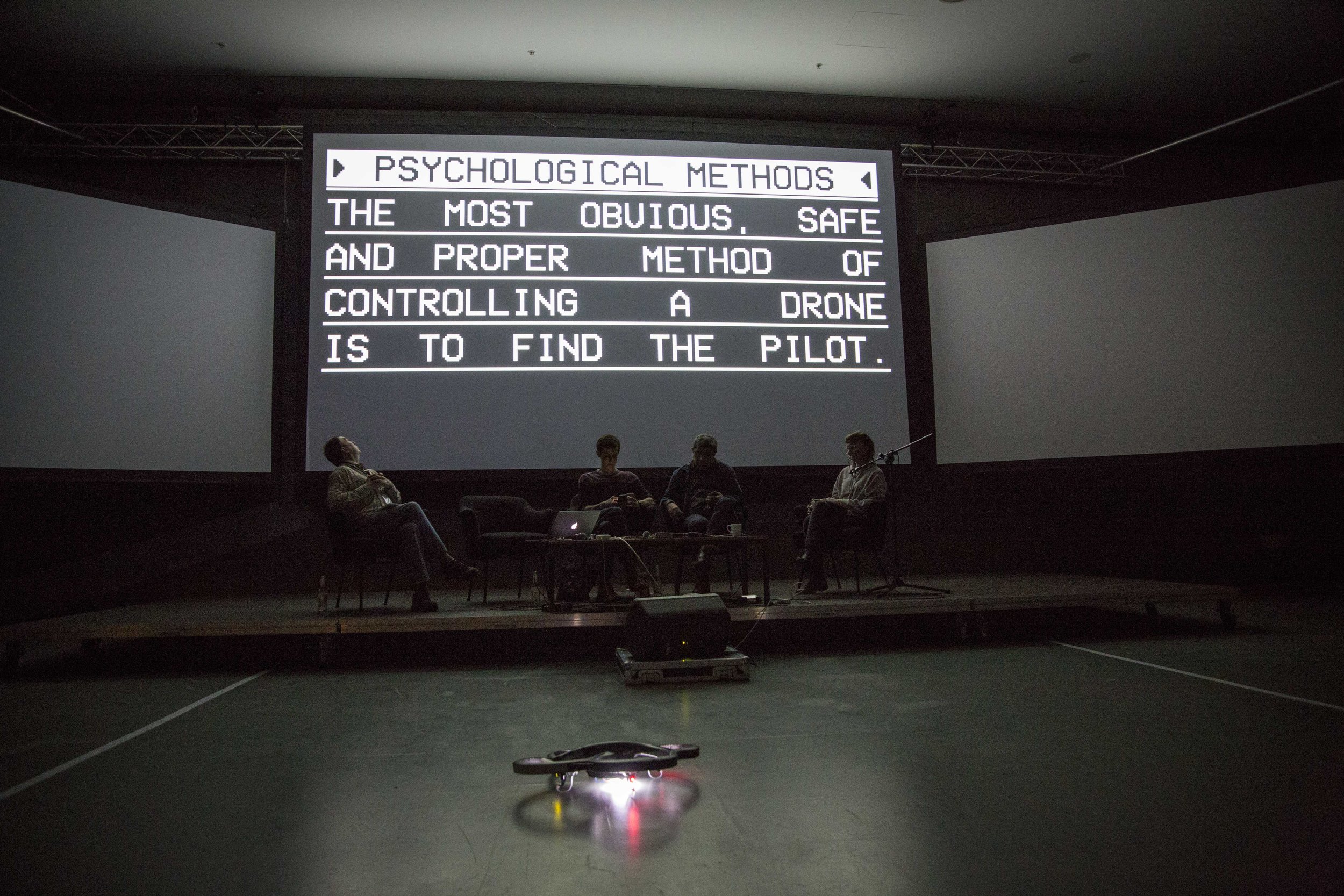
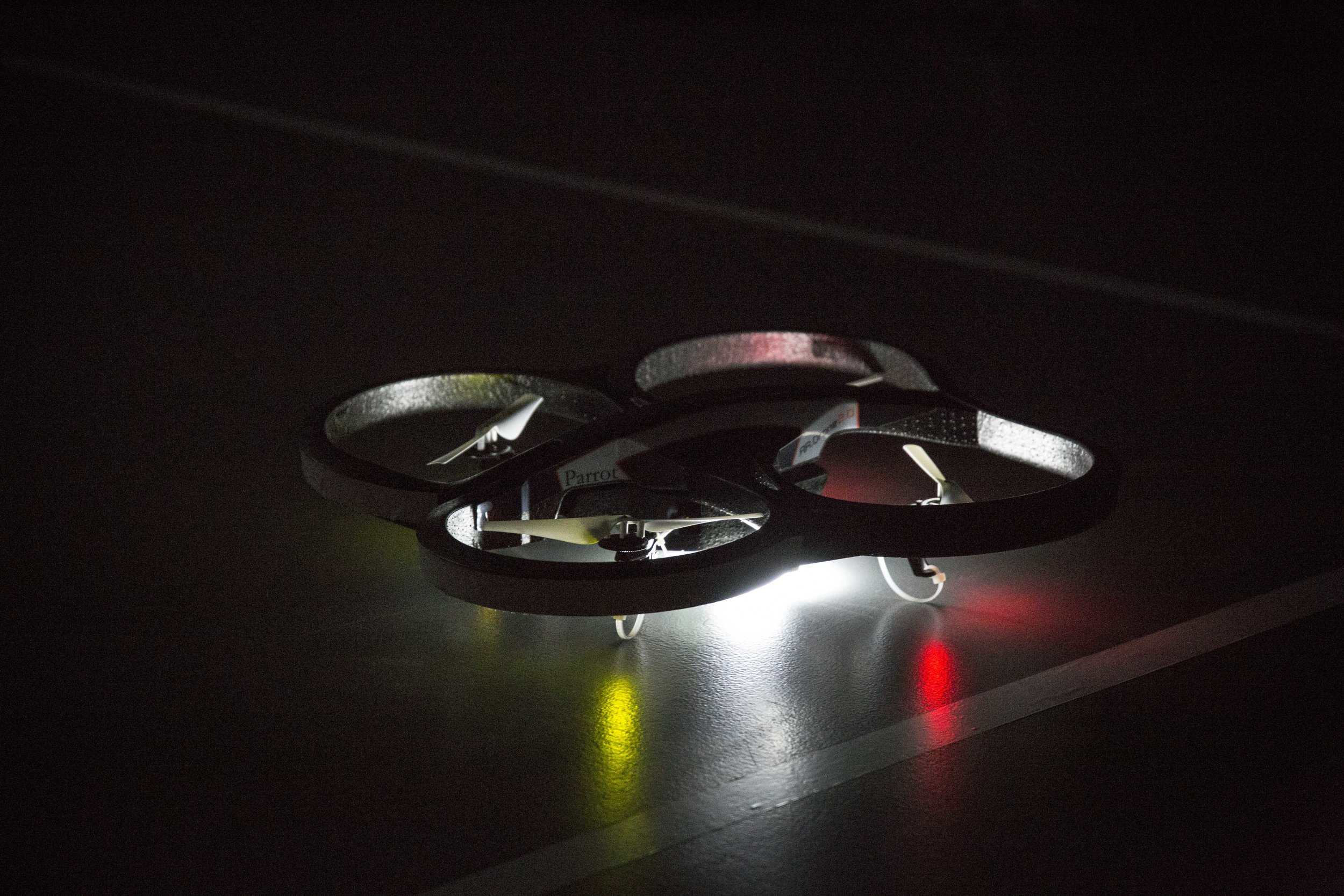
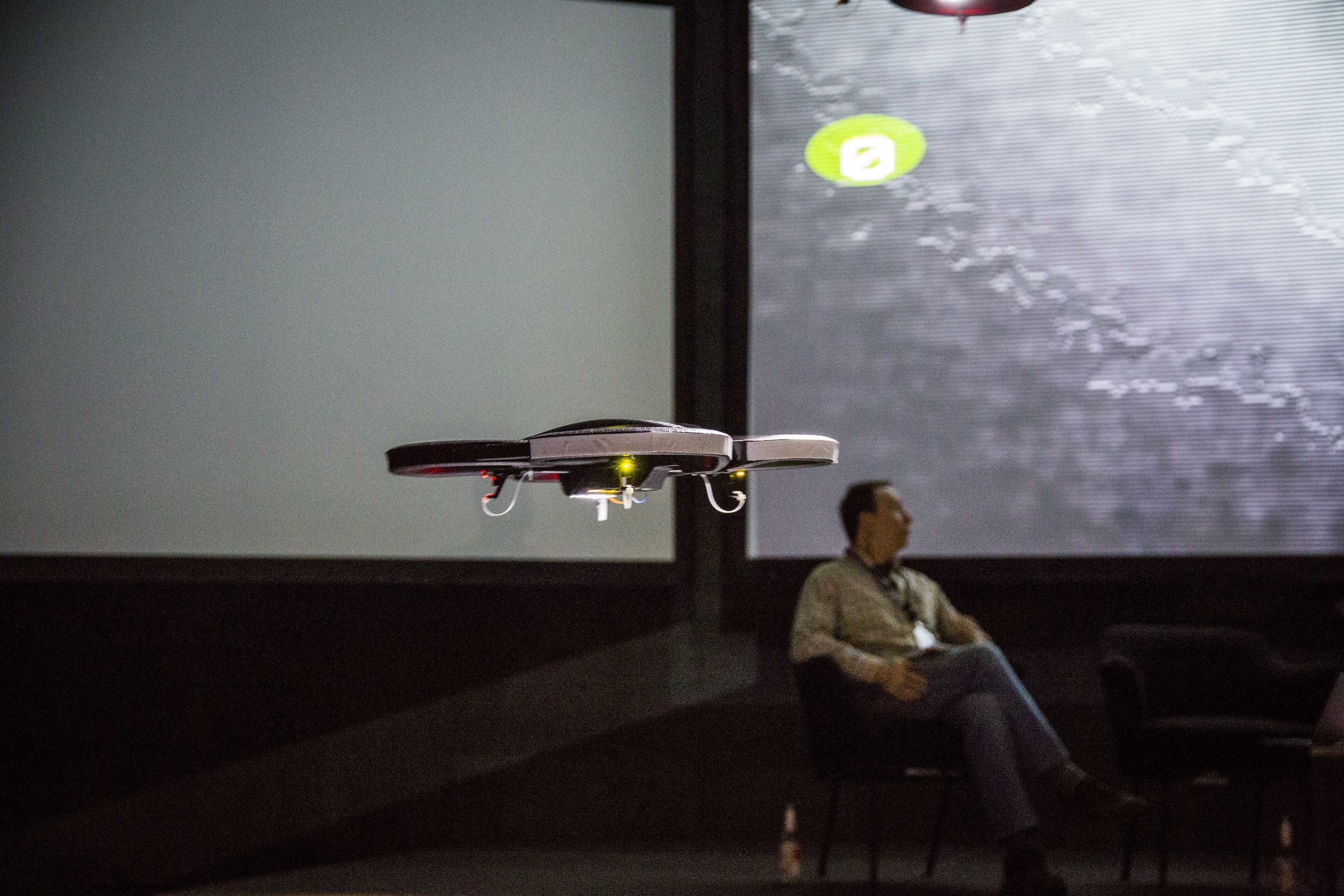
"I believe when you are in a more closed art scene, what i feel Lisbon still is, then you have the private and then you have the public sector. Private is about the market and small client consumption. And the public funding is shrinking, which ends in a situation that it shrinks creators and thinkers that are doing more experimental art. Because what we mean by experimental, are things that are not totally understood yet. The acknowledgment of the works are put in the discussion because they still don’t have the value."
Rudolfo Quintas (PT)
Visual artist, performer
www.cargocollective.com/rudolfoQuintas
"We have entered into the post-everything. it is not even post-digital, it is post-internet, post-media, and so on. It is a new buzzword. For me, I just recently realized that I cannot use the word “new media” anymore. You use “emergent technology”. We are back to the word emergent."
Shu Lea Cheang (TW)
Artist
www.mauvaiscontact.info




